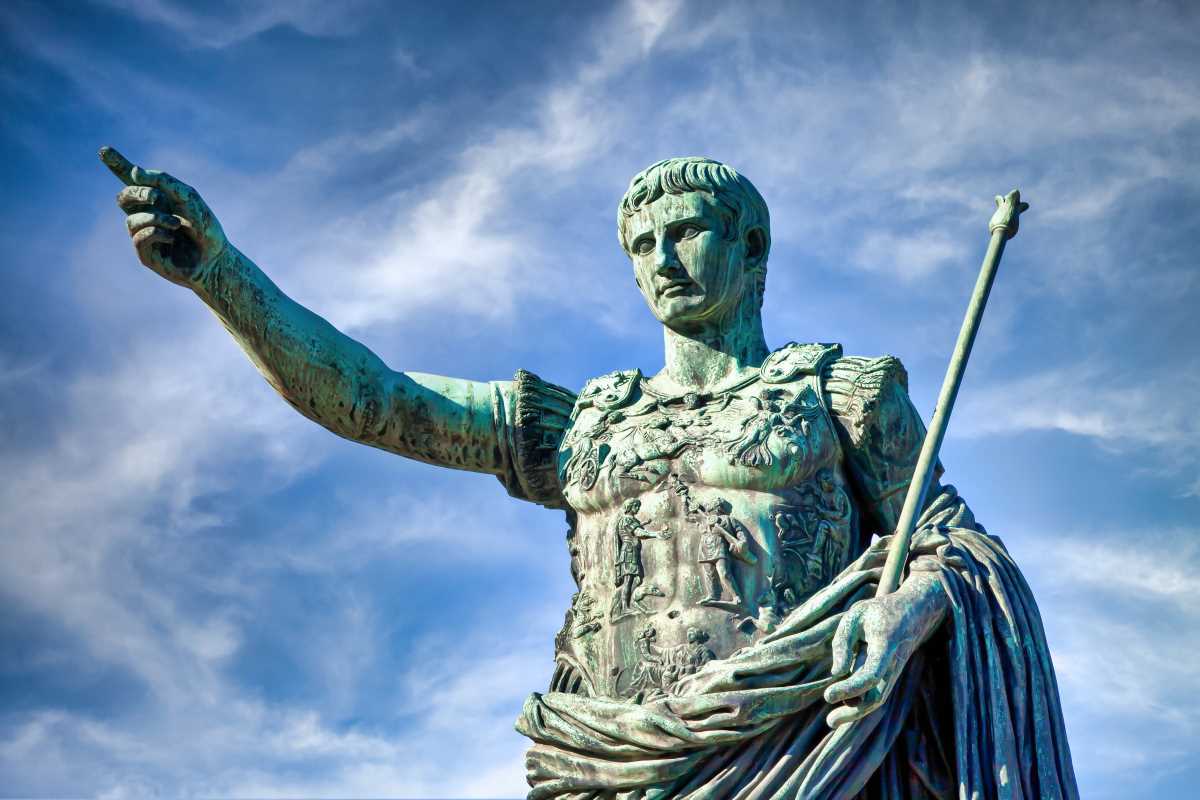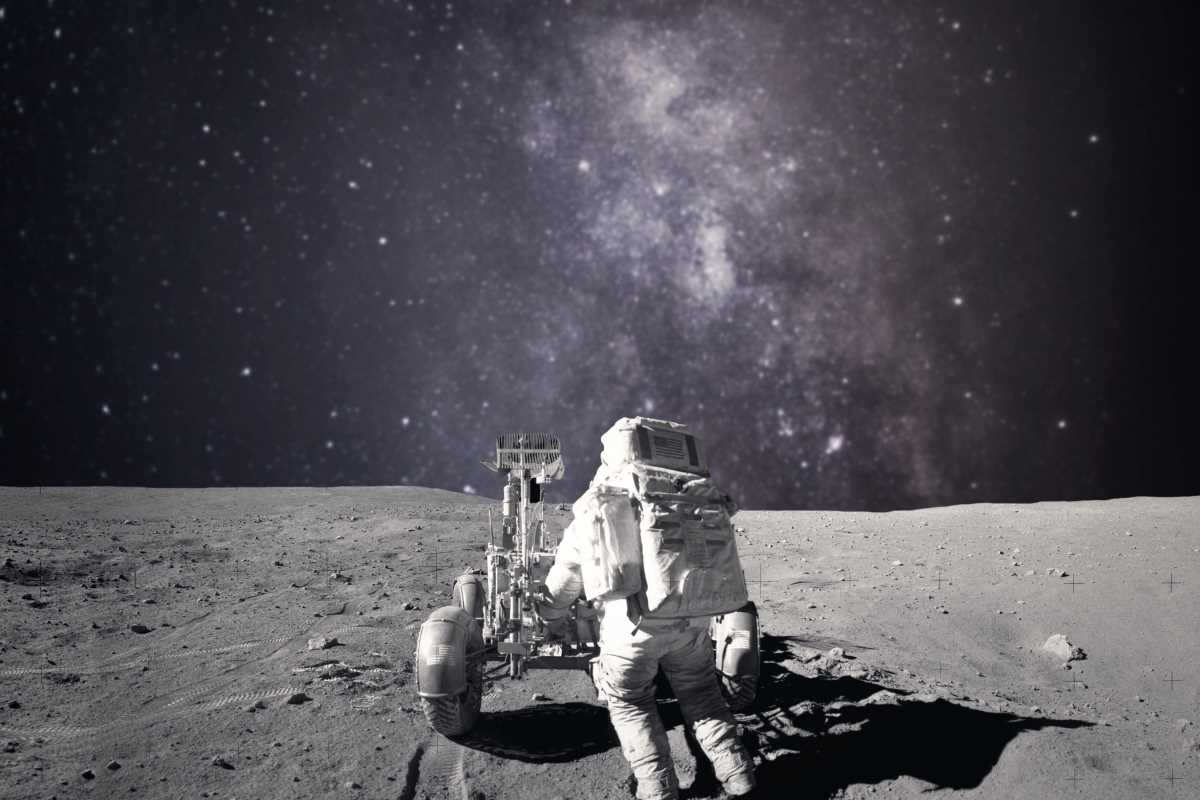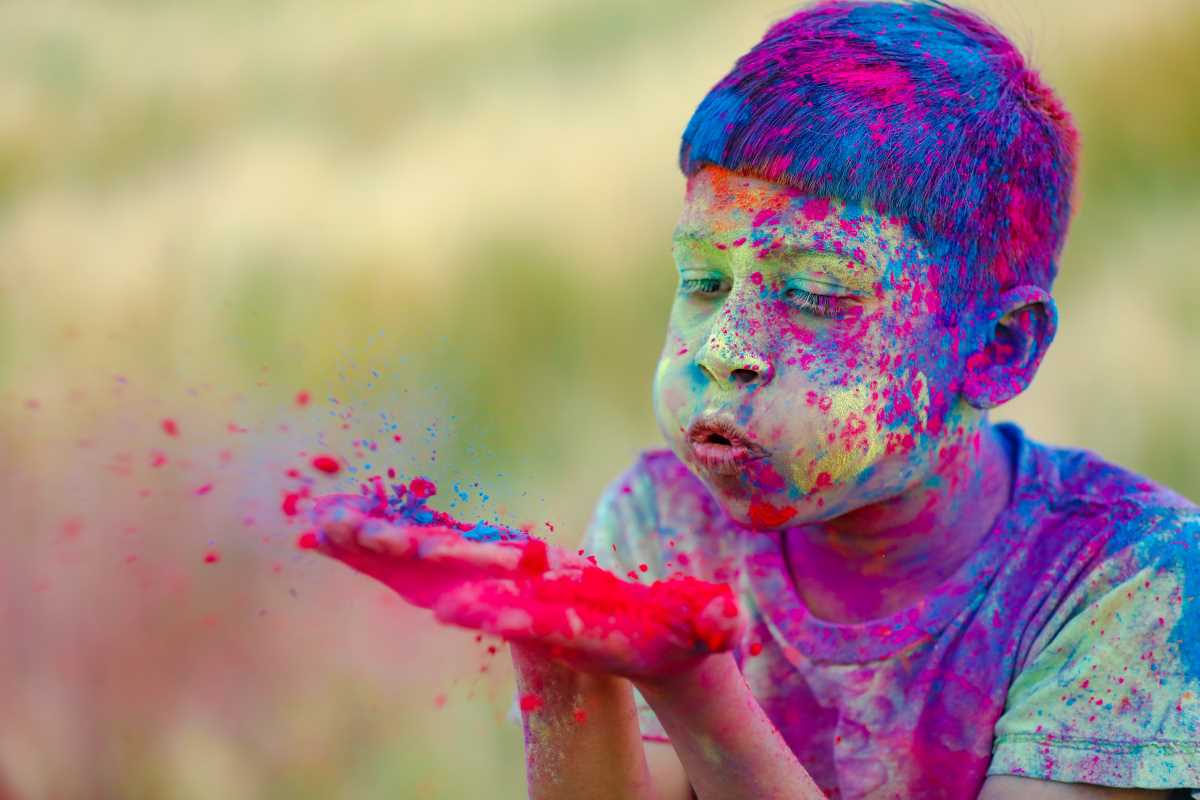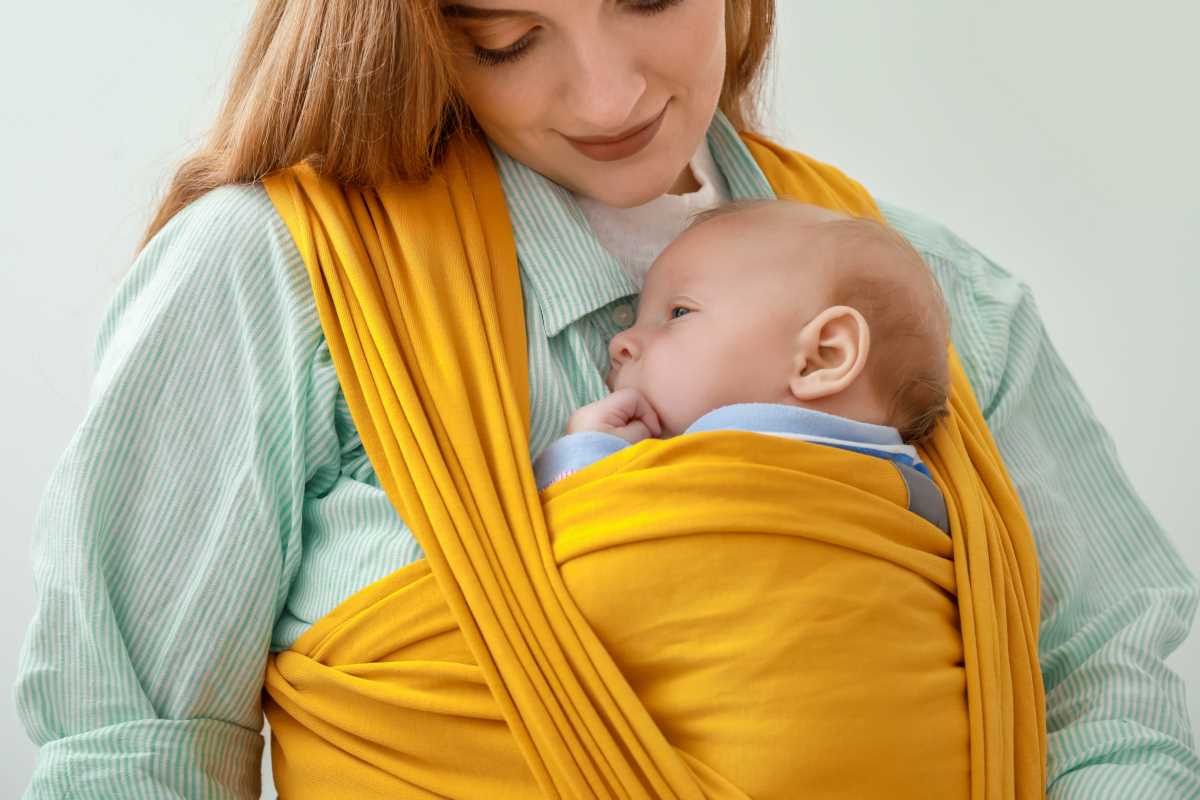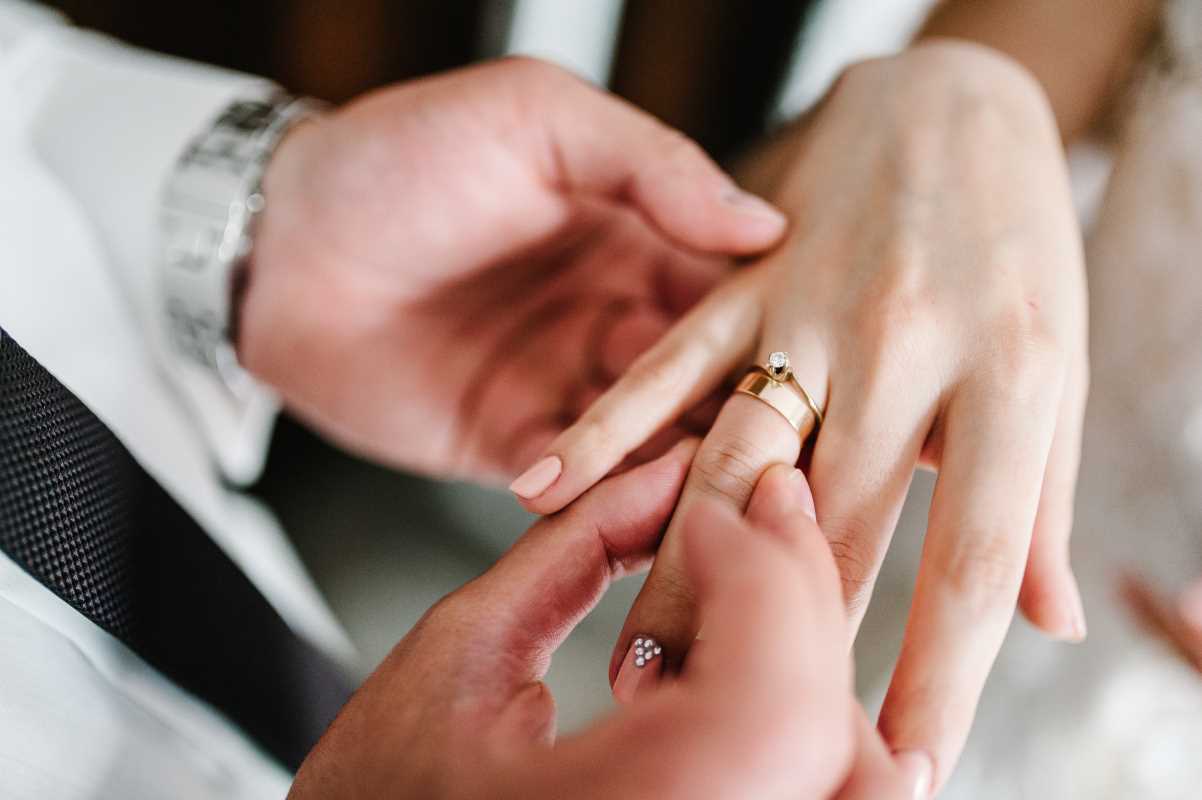Eggs. Ordinary objects that pack a culinary punch, but, come Easter, they’re suddenly at the center of elaborate hunts, artistic decoration, and tales of both fertility and resurrection. But why? How did the humble egg become a superstar symbol for one of the most significant celebrations on the Christian calendar? The answer lies in a fascinating tapestry of ancient traditions, cultural syncretism, and religious evolution.
From pagan fertility rituals to Christian depictions of rebirth, eggs carry a depth of meaning that transcends their shell. Let's crack into their historical, cultural, and spiritual significance and uncover the truth about what makes eggs so integral to Easter.
Pagan Roots: Eggs as Symbols of Fertility and Renewal
Long before Easter baskets and chocolate bunnies, eggs were revered as symbols of fertility and new life in many ancient cultures. Why? Because an egg, quite literally, contains the miracle of life.
For early pagan societies, especially those in temperate regions, spring marked the season of renewal. After long, harsh winters, the warmer weather brought blooming plants, the birthing of animals, and agricultural abundance. To these societies, eggs were a perfect symbol of this reawakening. They represented fertility, potential, and the natural cycles of death and rebirth.
The Anglo-Saxon festival of Ēostre (where the word "Easter" likely originates) honored the goddess of spring and fertility, Ēostre. Eggs were among the offerings made to her as tokens of life and abundance. Similarly, in ancient Egypt and Mesopotamia, eggs symbolized creation, and they often appeared in art and religious rituals as part of cosmic and natural rebirth narratives.
The Christian Connection: The Egg Meets the Resurrection
With the rise of Christianity, many pagan practices were reimagined through a Christian lens. This wasn’t a cynical takeover but a strategic synthesis; blending old traditions with new theology helped convert diverse populations.
For Christians, the resurrection of Jesus Christ is the foundation of Easter. And it didn’t take long for the egg, with its potent symbolism of new life, to be embraced as a representation of the resurrection.
The egg became a metaphor for Jesus’ tomb. Just as a chick breaks free from its shell, emerging into a new life, Jesus rose from the dead, conquering death and bringing promises of eternal life to believers. This imagery didn’t just resonate with theological scholars but also with everyday people who could relate to the simple, yet profound, symbol of new beginnings.
By the Middle Ages, eggs began to appear in Easter festivities in Europe, often as part of religious rituals or communal feasts. During Lent, the 40-day fasting period before Easter, Christians abstained from rich foods like meat and dairy (yes, eggs included). When Easter Sunday rolled around, breaking the Lenten fast often involved eggs, which were plentiful and easy to celebrate with.
Easter Egg Customs Around the World
Now that we know how eggs became central to Easter, it’s time to explore the colorful, quirky customs that grew around them. Across the globe, people interpret and celebrate eggs in ways that reflect their unique cultures, yet they all nod to themes of renewal and life.
1. Egg Painting and Decoration
One of the most recognizable traditions is the decoration of Easter eggs, a practice that goes back centuries. The intricate art of pysanky, or Ukrainian egg painting, involves decorating eggs with vibrant dyes and elaborate patterns, often featuring symbols of protection, prosperity, and rebirth.
The tradition of painting eggs isn’t limited to Ukraine. Across Eastern Europe, eggs are lovingly adorned during Holy Week. Common themes include religious motifs, seasonal flowers, or geometric designs, all underscoring Easter's celebratory spirit.
2. Hunting for Eggs
We all know the drill. Someone hides the eggs, kids sprint around the yard like caffeine-fueled detectives, and whoever collects the most wins bragging rights for the year. This playful tradition has its roots in Germany, where legends of the Osterhase (or Easter Hare) emerged in the 17th century. The Easter Hare, a precursor to the modern Easter Bunny, was said to lay colored eggs for children to discover.
German immigrants carried the tradition to America, where it morphed into the iconic Easter egg hunts we now associate with springtime fun.
3. Egg Rolling
Ever heard of the White House Easter Egg Roll? This classic U.S. tradition dates back to the late 19th century and involves children rolling eggs across the lawn using sticks. Symbolically, the act of rolling eggs is said to represent the rolling away of the stone from Jesus’ tomb.
Other variations of egg rolling exist worldwide, from the fierce (but good-natured) competitions of the UK to egg races held in villages throughout Europe.
4. Egg Cracking Games
Festivals in Greece and parts of the Balkans feature egg-cracking battles. During Easter dinner, families compete by tapping the ends of their eggs together, with the winner being whoever’s egg remains unbroken. The uncracked egg is considered a symbol of strength and protection, and the tradition is a playful way of sharing joy and celebration.
5. Edible Easter Eggs
These days, Easter is incomplete without edible eggs, particularly chocolate ones (thanks, capitalism). But long before chocolate hit the scene, medieval Europeans gifted hard-boiled eggs painted in rich hues of red, symbolizing the blood of Christ. Red eggs remain a cherished tradition in Orthodox Christian Easter celebrations to this day.
Fast forward a few centuries, and chocolate manufacturers seized on the egg’s popularity, creating hollow, confectionery versions that delighted children. The first documented chocolate eggs appeared in 19th-century France and Germany, and they’ve been an Easter staple ever since.
Why Eggs Endure as Symbols
What makes eggs such rare historical and cultural survivors? How have they maintained their symbolic relevance across millennia? Part of it is their universal appeal.
Eggs are simple yet profound. They’re a reminder of the mysteries of life and the power of transformation. Whether you boil them, paint them, hunt them, or smash them against someone else’s, eggs connect us to the concepts of creation, survival, and renewal. And even as societies and traditions evolve, those core themes remain deeply resonant.
Another reason is their adaptability. Eggs have been reinterpreted and reimagined to fit different cultural narratives and settings without losing their core symbolism. From ancient cosmology to Christian theology to modern marketing, eggs have proven to be endlessly versatile and relatable.
The truth about Easter and eggs is that they are symbols rich with layered meanings, spanning time, geography, and religious belief. Whether they represent fertility, resurrection, or just a fantastical story about a bunny with an egg obsession, they remind us of life’s cycles and the joy of renewal.
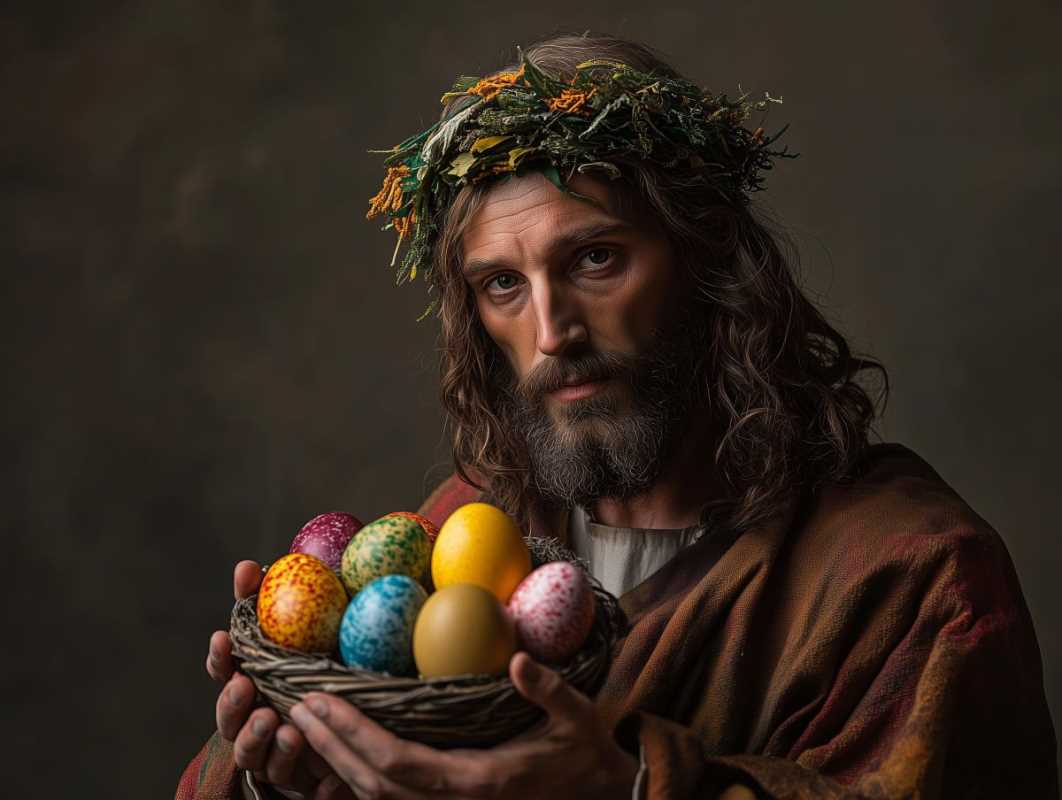 (Image source: Midjourney)
(Image source: Midjourney) 
